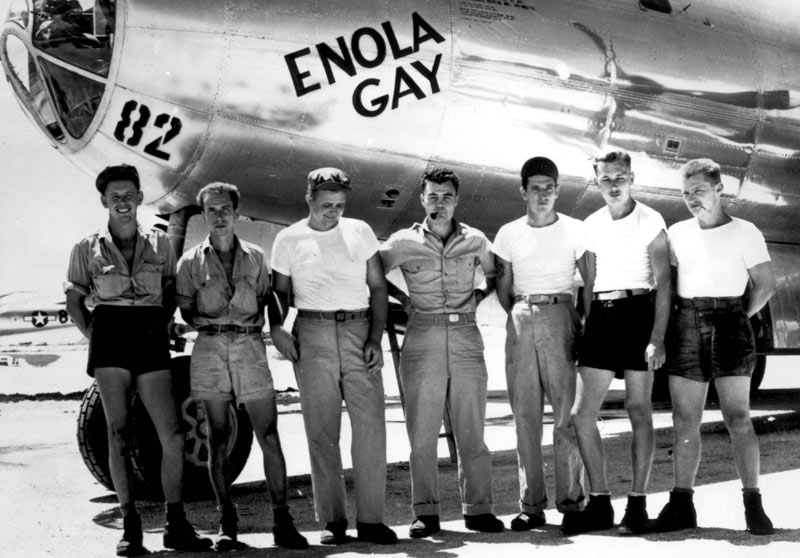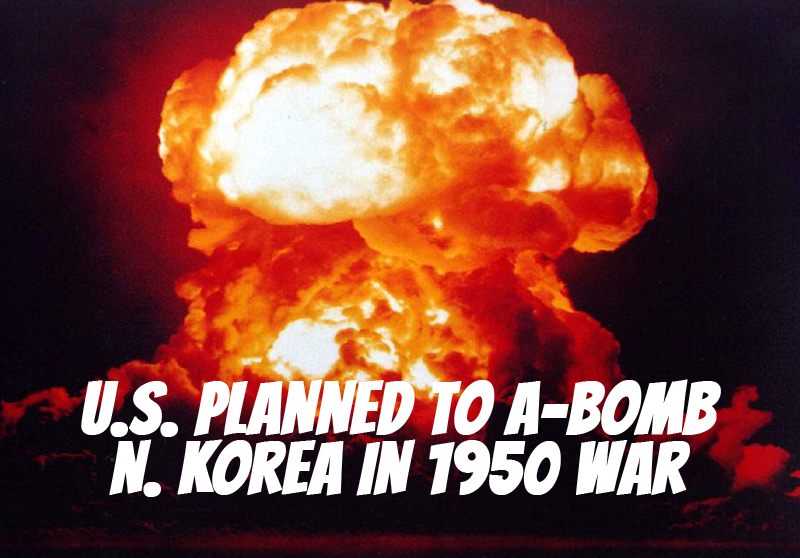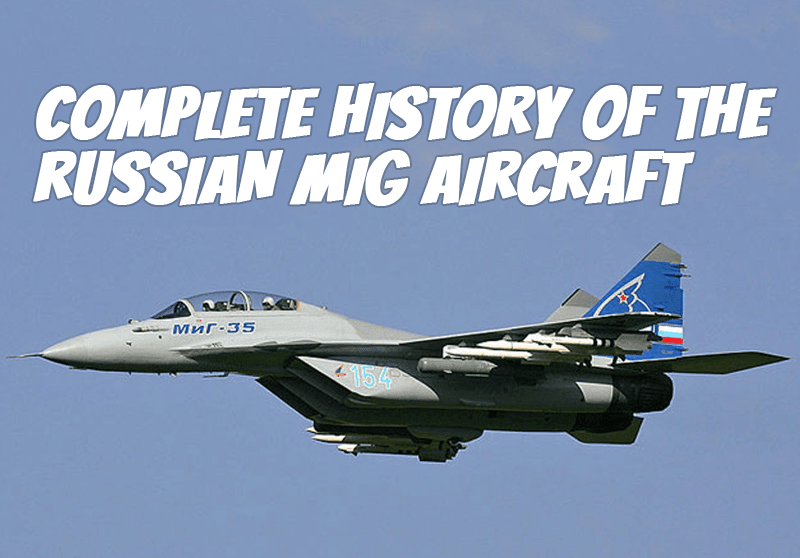A comprehensive article about the Enola Gay, the aircraft that played a pivotal role in one of the most significant events in human history. In this piece, we will explore the fascinating story of the Enola Gay, its mission, and its impact on the course of World War II. By delving into its history, specifications, and legacy, you will gain a comprehensive understanding of this iconic aircraft and its historical significance.
What You Will Learn
By reading this article, you will learn:
- The background and development of the Enola Gay.
- The mission and role of the aircraft in World War II.
- The specifications and features of the Enola Gay.
- The events leading up to the decision to use the Enola Gay.
- The bombing of Hiroshima and its impact on the war and the world.
- The post-war fate and legacy of the Enola Gay.
Background and Development
To understand the significance of the Enola Gay, it is important to examine its background and development. Here are the key points:
- Origins: The Enola Gay was a Boeing B-29 Superfortress bomber, developed by the United States Army Air Forces (USAAF) during World War II.
- Design and Technology: The B-29 Superfortress was designed to be a long-range heavy bomber capable of carrying large payloads over great distances.
- Named after Enola Gay Tibbets: The aircraft was named after Enola Gay Tibbets, the mother of Colonel Paul Tibbets, who piloted the Enola Gay during its historic mission.
Mission and Role in World War II
The Enola Gay’s most notable mission was its involvement in the atomic bombing of Hiroshima. Here are the key points:
- The Manhattan Project: The Enola Gay was selected to carry out the first operational deployment of an atomic bomb developed as part of the top-secret Manhattan Project.
- The Hiroshima Mission: On August 6, 1945, the Enola Gay, piloted by Colonel Paul Tibbets, dropped the “Little Boy” atomic bomb on the city of Hiroshima in Japan.
- Devastating Impact: The bombing of Hiroshima resulted in massive destruction, loss of life, and brought about the eventual surrender of Japan, effectively ending World War II.
Specifications and Features
The Enola Gay was a remarkable aircraft with unique specifications and features. Here are the key points:
- Manufacturer: The Enola Gay was manufactured by Boeing.
- Crew: The aircraft had a crew of 12, including the pilot, co-pilot, navigator, bombardier, and various support personnel.
- Range and Speed: It had a maximum range of approximately 3,250 miles and a top speed of about 365 miles per hour.
- Bombing Capabilities: The Enola Gay was equipped to carry a single atomic bomb, with the “Little Boy” bomb weighing about 9,700 pounds.
Decision to Use the Enola Gay
The decision to use the Enola Gay and drop an atomic bomb was a monumental one with profound implications. Here are the key points:
- The Potsdam Conference: The Potsdam Conference held in July 1945 saw Allied leaders discussing the terms of Japan’s surrender.
- Alternative Approaches: Prior to the decision to use the Enola Gay, other options, such as a demonstration of the atomic bomb’s power or a conventional invasion of Japan, were considered.
- The Enola Gay’s Mission: Ultimately, it was determined that using the Enola Gay to drop an atomic bomb on Hiroshima would be the most effective means of compelling Japan’s surrender.
The Bombing of Hiroshima and its Impact
The bombing of Hiroshima had far-reaching consequences for the war and the world. Here are the key points:
- Immediate Effects: The atomic bomb detonated over Hiroshima resulted in an immense explosion, causing widespread devastation and the loss of an estimated 140,000 lives.
- Japan’s Surrender: The bombing of Hiroshima, followed by the subsequent bombing of Nagasaki, led to Japan’s unconditional surrender on August 15, 1945.
- Nuclear Age Begins: The use of the Enola Gay and the atomic bomb ushered in the nuclear age and forever changed the nature of warfare and international relations.
Post-War Fate and Legacy
Following World War II, the Enola Gay continued to make headlines and leave a lasting legacy. Here are the key points:
- Display at the National Air and Space Museum: The Enola Gay is currently preserved and on display at the Smithsonian’s National Air and Space Museum in Washington, D.C.
- Controversies and Debates: The exhibition of the Enola Gay sparked controversies and debates about the morality, necessity, and consequences of the atomic bombings.
- Symbol of the Atomic Age: The Enola Gay serves as a poignant symbol of the dawn of the atomic age and the immense power of nuclear weapons.
Conclusion
In conclusion, the Enola Gay stands as an iconic aircraft that played a pivotal role in the history of World War II and the course of human civilization. Its mission to drop the atomic bomb on Hiroshima changed the dynamics of warfare and brought about the end of the war. The Enola Gay’s legacy continues to evoke discussions about the ethics and consequences of using nuclear weapons. By understanding its background, mission, and impact, we gain valuable insights into one of the most significant moments in history and the enduring legacy of the Enola Gay.
- The Battle of Midway: Turning the Tide in the Pacific - June 7, 2023
- The D-Day Operation of June 6, 1944 - June 6, 2023
- The B-29 that Changed History - June 4, 2023





